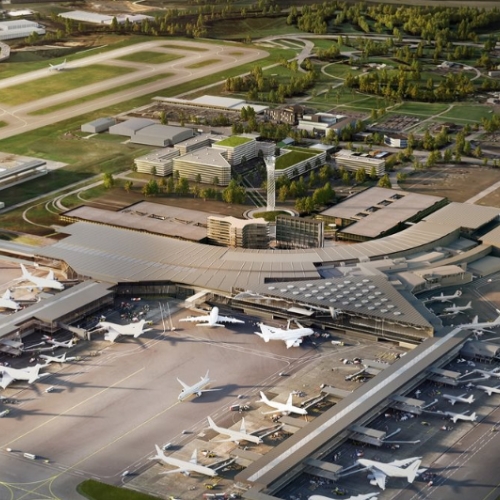
By Daniel Mellish, Specialist Consultant – Property and Finance
Infrastructure – the word of the moment, with big projects, big benefits, and even bigger dollars. The federal Department of Infrastructure, Regional Development and Cities’ website opens with “Investment in infrastructure has the capacity to stimulate and enhance the productivity of the economy. It is an investment that has a multiplier effect throughout the economy, generating lasting economic, social and environmental benefits.”
Airports are fundamental to stimulating this economic development, through the movement of both passengers nationally and internationally, and in recent times, increased movements of freight. But what makes a good aviation or airport infrastructure investment?
With the Australian Government committing more than $75 billion over the next 10 years to transport infrastructure across Australia as part of its rolling infrastructure plan, Australian Transport Assessment Planning (ATAP) Guidelines have been developed for the delivery of infrastructure projects to promote cross-government consistency and the use of best practice approaches.
These guidelines provide a comprehensive framework for planning, assessing and developing transport systems and related initiatives, but only cover forms of land transport. Most of Australia’s aviation and airport services are provided by the private sector under regulations of all three levels of Government, or in the case of many regional and rural airports, by local councils. The government does however note that the ATAP principles, framework and overall planning and assessment methods are generally valid to the air setting, both passenger and freight.
Some examples include:
- The overall management and development of air transport facilities and services being closely aligned with national and jurisdictional economic, social and environmental goals;
- The planning for airports and related facilities undertaken as part of integrated national and jurisdictional planning processes, considering land use and other modes of transport; and
- Management and expansion plans for air transport facilities and services being driven by sound strategic planning, robust business cases and rigorous assessment processes.
Airport infrastructure projects vary, covering sustaining or growth activities, and may include:
- Runways: extension, widening, strengthening, overlay, or even new construction;Aprons and taxiways: expansion, strengthening;
- Terminals: expansion, refurbishment, new construction;
- Car parks: construction, technological improvement;
- Property developments: construction, ownership/deal structuring;
- Freight facilities: a potential growth opportunity for many regional airports who may be experiencing low passenger growth or other budgetary pressures; and
- Other facilities: establishment of flight training schools, educational facilities.
Part 2 of this blog, accessible here, discusses funding approaches and sources, and common methods for assessing feasibility of aviation infrastructure projects.
Aviation Projects has extensive experience in project feasibility analysis, budgeting and business case preparation across a range of Australian airports, as well as other capital-intensive industries. We can help you plan or achieve your project and provide insights into what others are doing in these areas. If you’d like any further information, please contact Daniel Mellish on (07) 3371 0788.
Tags: Infrastructure, Investment, Feasibilities, Project Assessment